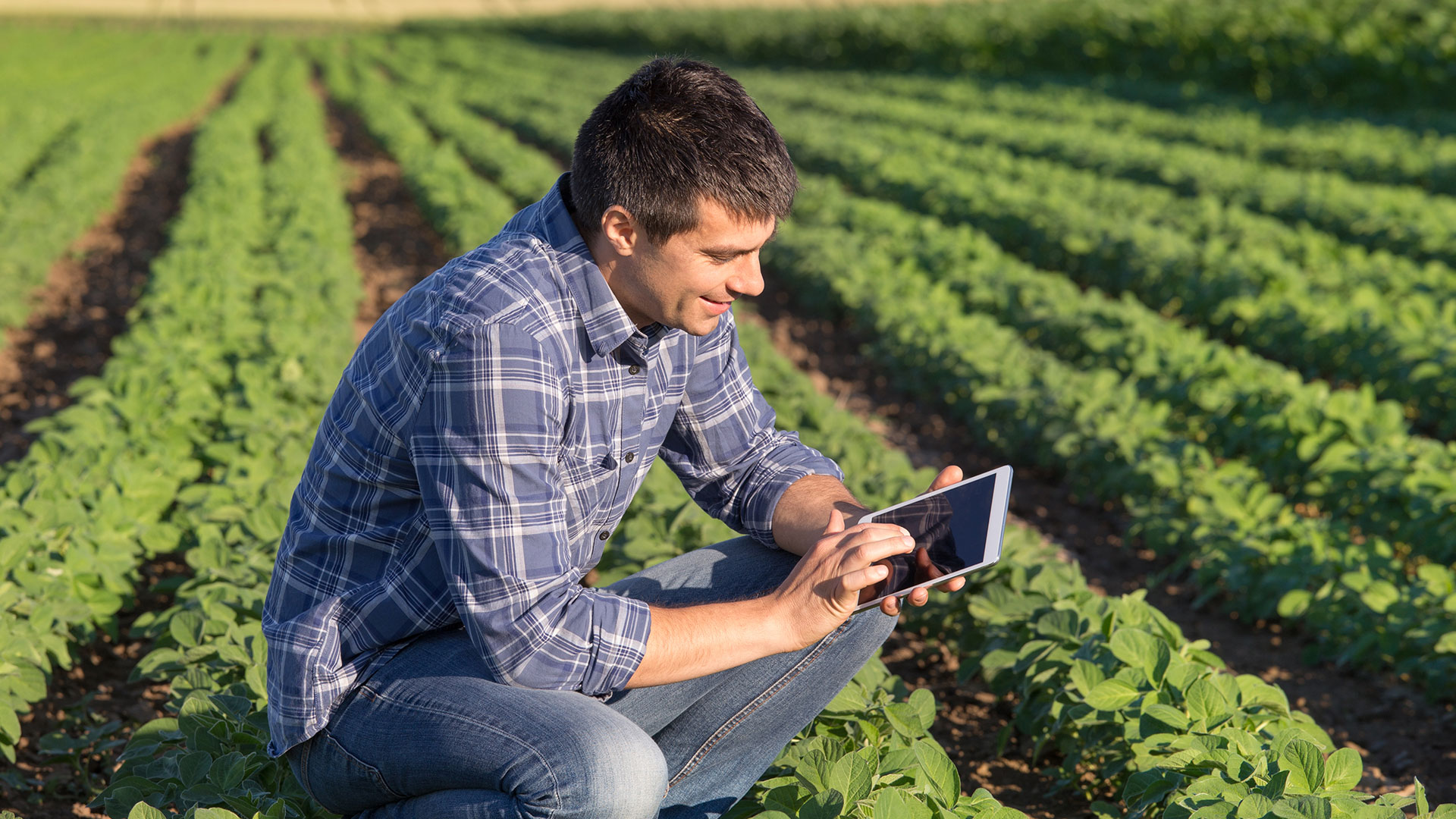Mobile apps are no longer just a nice add-on for companies, they are now a necessity. Utilities for smartphones and tablets are needed to compete and grow. The app development process can be challenging, given the constant changes in mobile platforms and hardware. In this article, we’ve compiled the best tips and guidelines to help you develop a truly quality app that farmers worldwide will enjoy using.
Set clear and realistic goals
Clearly and clearly state your goals. Define what kind of product you are creating and think about what the utility will do. If you need help understanding what you’re doing yourself, no one can help you.
Provide the best UX possible
Strategically important UX decisions are made at the beginning of the development process, usually before defining the functionality of the future app. What do you need to do? For example, make portraits of your users. It is essential to understand who uses your product.
The farming niche employs people of different ages and genders, but we can use a man in his 40s and 50s as a basis. Many people at that age already have poor eyesight, so it is a good idea to include bold and large print. Take care of those little things.

Keep an eye on the ratings and the number of installations
Direct most of your efforts to promote the app to increase the rating and number of downloads. The quality of the app dramatically influences the rating. The better it is, the more downloads you can get. But keep in mind that this also works strictly the other way around.
And yes, don’t hope to raise the status of your product by collecting positive ratings from analysts, as you can do for, for example, IT utilities. There are a lot of professional farmers in the agricultural niche who will be only too happy to criticize your development fairly.
What can you do? For example, get acquainted with user comments and analyze their behavior. That way, you can understand at what step the customer gets stuck and why they quit using your app.
Make regular updates
Creating a mobile app takes a lot of time and involves detailed work and lengthy preparation, and the process is rarely a one-time thing. Unlike websites, smartphone, and tablet apps must be constantly updated because their operating systems, iOS and Android, are updated frequently.
We recommend you pay special attention to planned and proposed changes in operating systems. It would help if you were prepared for any outcome. The quicker you can react – the faster you can implement the new update and thus retain the trust of your customers. If a farmer is used to using a dedicated mobile utility, they will be depressed if it fails at the most crucial moment. Keep this in mind.
Test and optimize
We come to the last (but not the least) point. As with any digital product, testing is critical. With smartphone and tablet operating system developers introducing regular updates, it makes sense to test and optimize your mobile app regularly. This will ensure that the utility will always work perfectly and be one step ahead of your competitors.
By the way, only some of you will need to do testing. You’ll also need to collect user data. Analytics allows you to understand how your customers interact with the app: which elements work or not and which actions your users prefer to perform in your app. These are essential tips that you can follow to develop an excellent app that will be in massive demand among farmers worldwide.

